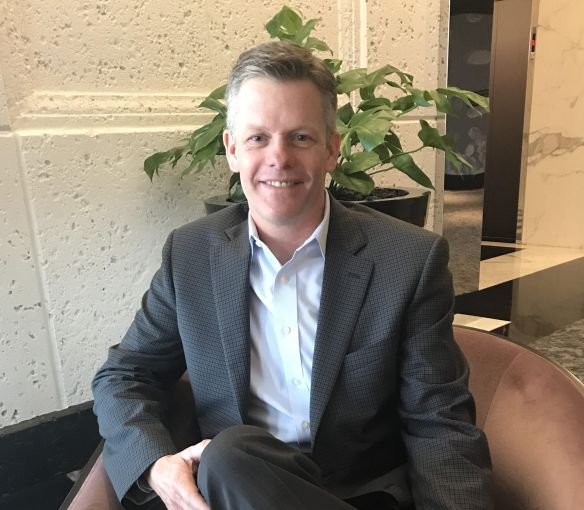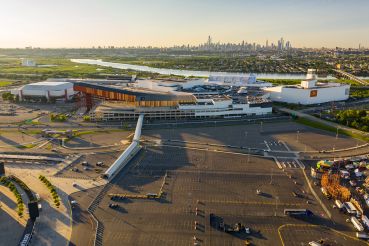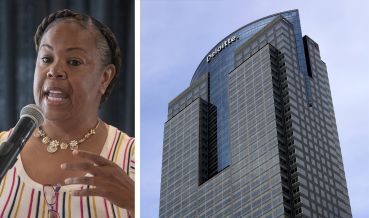Partner ESI’s Bob Geiger Talks CMBS and Construction Risk
By Cathy Cunningham February 8, 2018 10:04 am
reprints
Bob Geiger is a principal at Partner Engineering and Science Inc (Partner ESI), based in the firm’s Chicago office. With more than 20 years of experience under his belt, Geiger knows a thing or two about engineering and environmental services. Partner ESI provides due diligence services to a wide variety of real estate lender and investor clients, so Commercial Observer caught up with Geiger in Miami last month to find out which group is keeping him busiest.
Commercial Observer: How was business last year for Partner ESI?
Bob Geiger: It was a strong year for the company and for the team that I run. We saw a lot of activity, not just on the financing side but also on the acquisition and disposition sides of the industry.
What primarily drove business?
CMBS was a surprisingly strong sector, we were particularly busy with single-asset, single-borrower transaction work. I think 2018 will also be a good year, although maybe not quite as strong as 2017—that’s the sentiment I’m hearing from the larger CMBS shops that my team does work for.
How big a chunk of Partner’s book of business does CMBS comprise?
Maybe 20 to 25 percent [in Geiger’s group, specifically], which is higher than expected. Some of the transactions we worked on were for marquee-type assets—so the large, mega mall-type properties that some of the larger shops were financing—but there were also a lot of self-storage portfolio deals. Self-storage has been a very active property type for us, because self-storage facilities are being built on challenged properties in a lot of cases. It’s a nice use for a property that has environmental issues, but that means you have to work through these issues so those properties can be securitized.
What’s the biggest complexity in a self-storage deal?
I think the environmental aspect is the most challenging because there are typically historical environmental issues that we have to work through. We have to tie up all the loose ends and data gaps there may be in the paper trail regarding how historical issues have been addressed in the past. If some of them are left open, it’s a case of quantifying those issues based on existing data—ideally without having to do a Phase 2 [Environmental Site Assessment] or put holes in the ground—so that clients can move forward with a transaction. That’s where we try to be strong; quantifying potential concerns.
Are you hearing any concerns or frustrations on the construction risk management side?
We work with a regional construction lender who has expressed some frustrations about competing lenders not imposing the same level of requirements on developers [that they do]. So, there are signs that there’s a little looseness in places. We’re also seeing some lenders backing off from multifamily a little and hospitality in some cases. But, generally speaking, there’s still a lot of construction lending out there, and the work we do provides a greater comfort level to construction risk managers.
Where have you been busiest, on the construction risk management side?
We’ve been very busy on the affordable multifamily side in Chicago, working with developers in Chicago and lenders nationally on low-income tax credit deals. You end up with affordable housing that is much more effective, productive and high quality than if the government was doing it.
Did you make any personal resolutions for 2018?
I think I made about 20 of them—hopefully, some of them stick[laughs]. Professionally speaking, Partner is in a great place to continue to grow this year.


